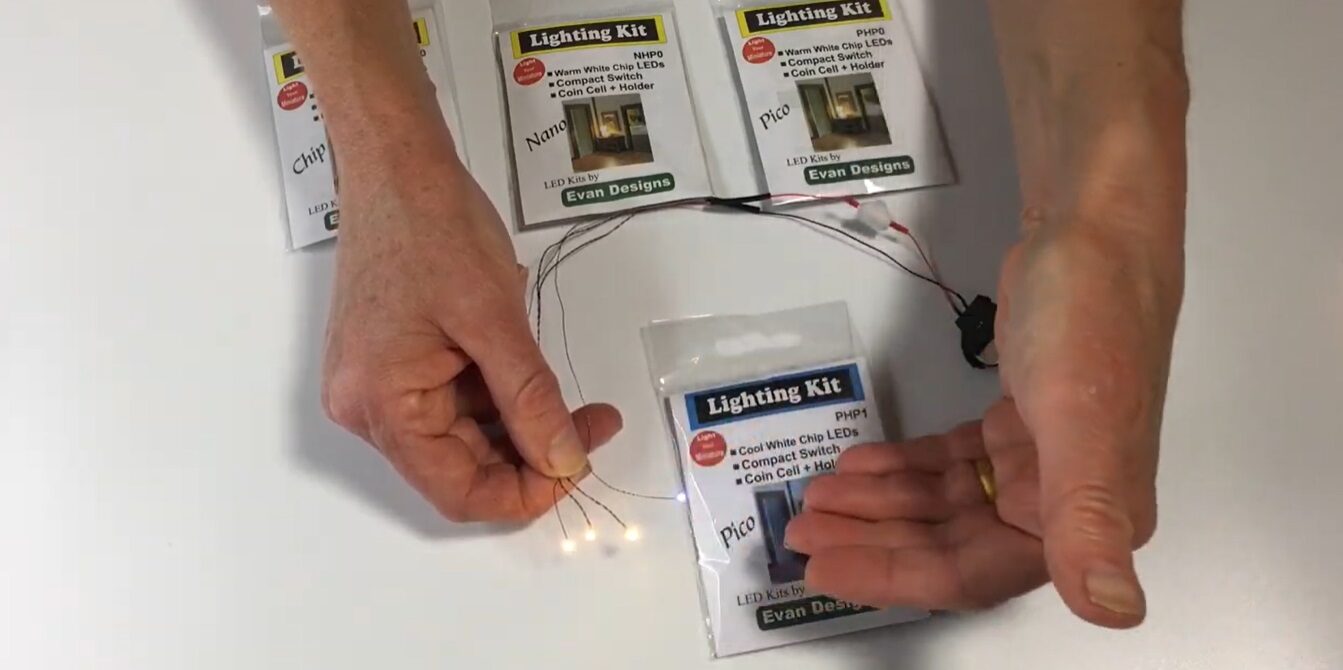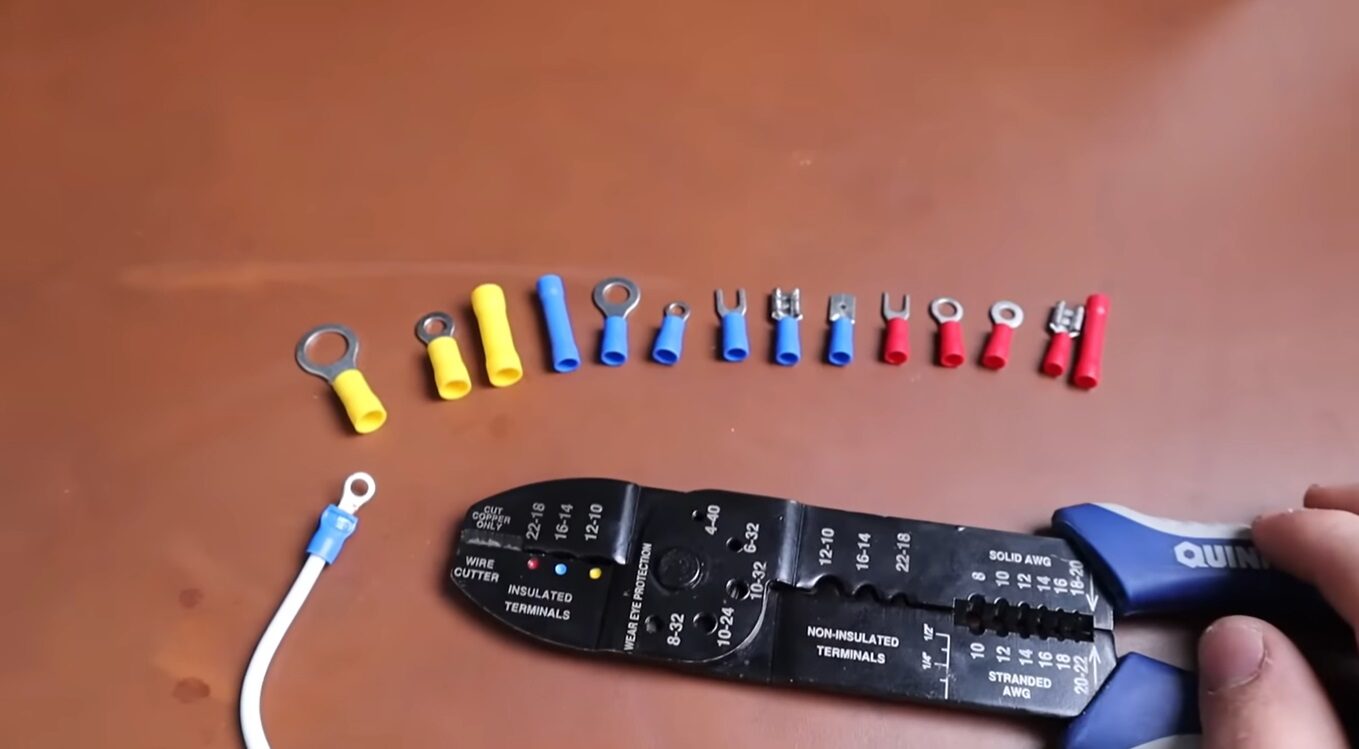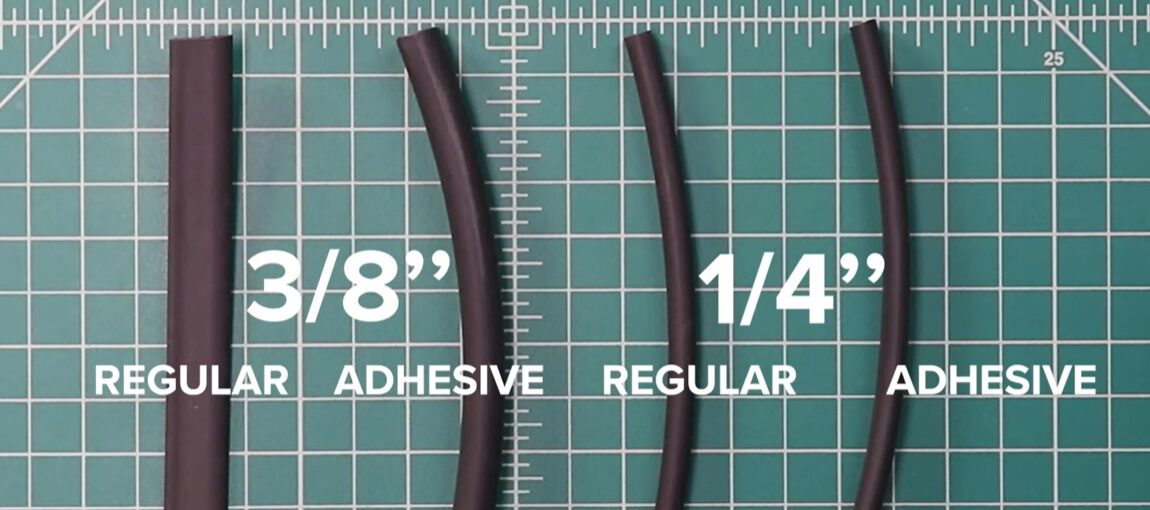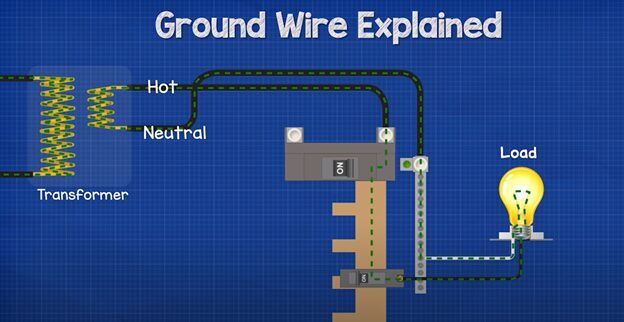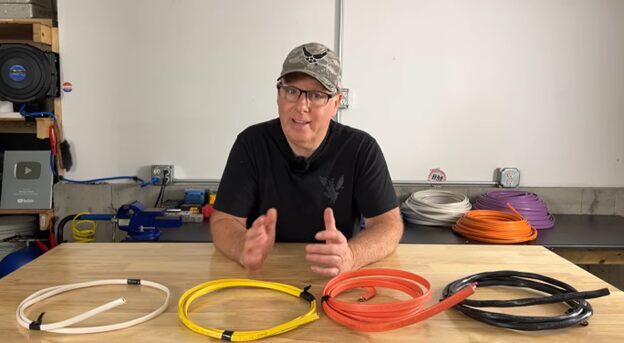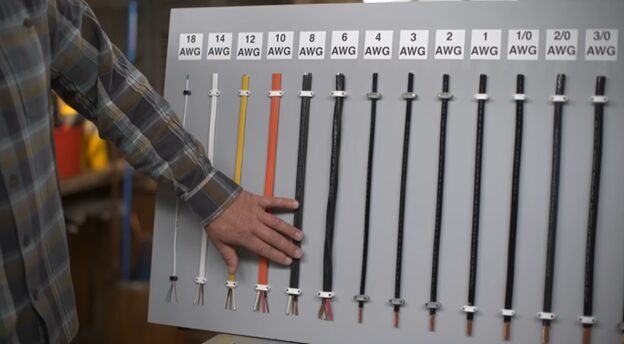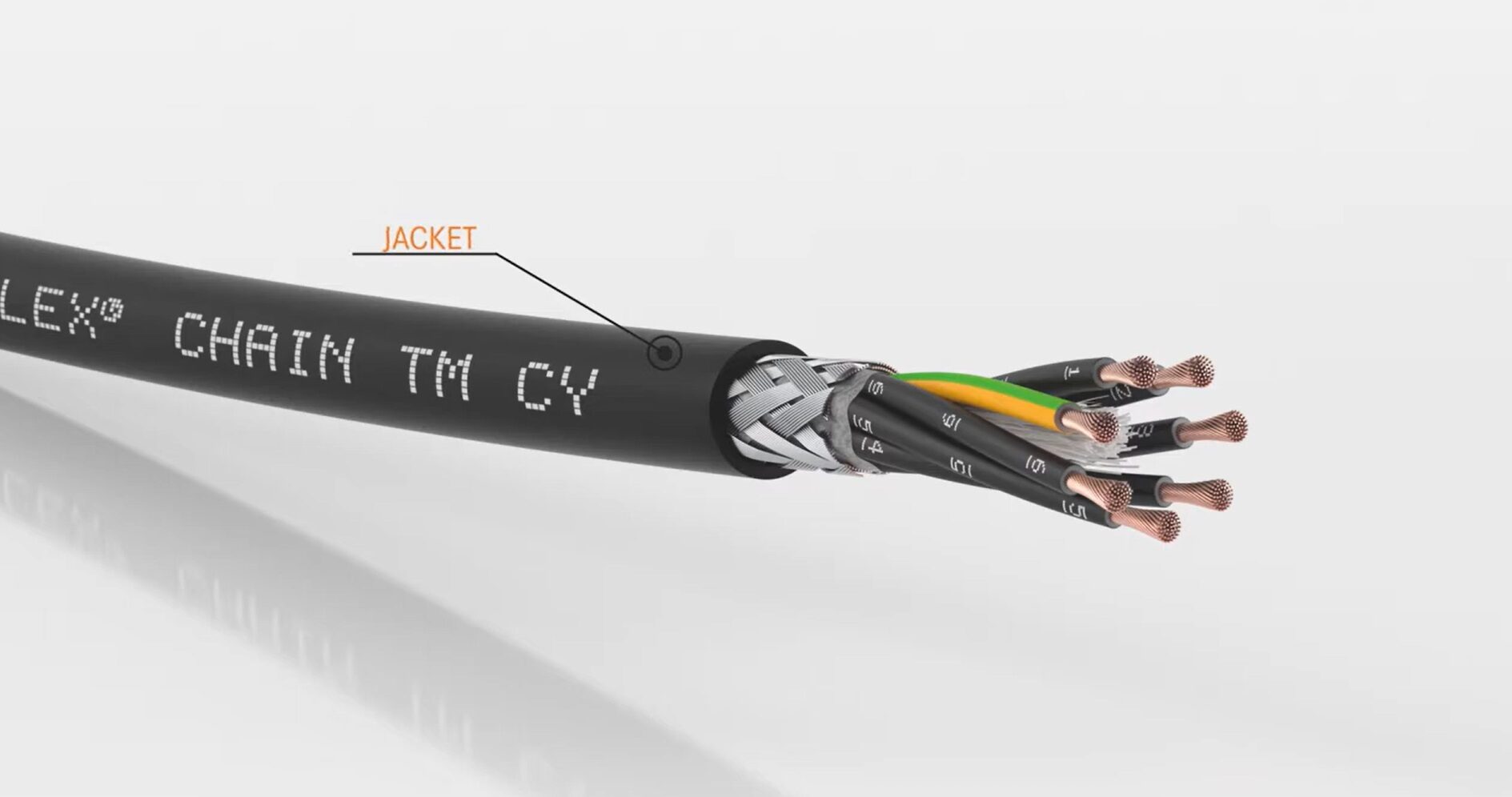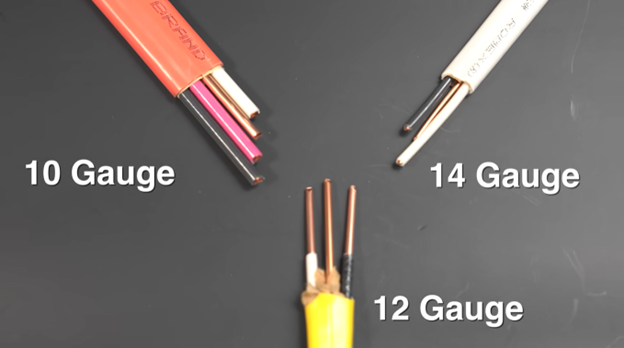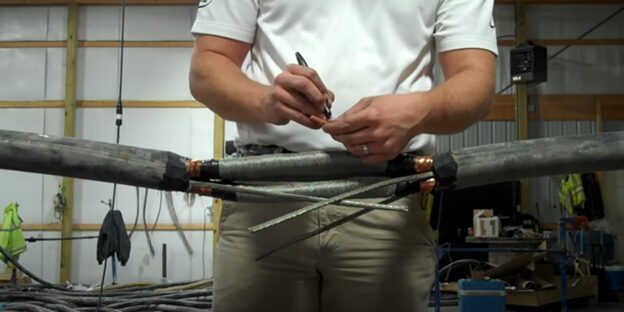How to Wire an LED Light Using Kynar Wire Wrap (30 AWG – 26 AWG)
Assembling a battery-powered LED light kit using Kynar wire wrap, heat shrink tubing, and a switch can be a rewarding project, allowing you to create custom lighting solutions for a variety of purposes. This guide will take you step-by-step through the process, helping you build a reliable and clean setup. I’ll also explain the components…
6 Steps to Crimp Ring Terminals Like a Pro (Copper Hook up wire or Lead wire)
Crimping ring terminals to copper lead wire is a fundamental skill in electrical work, often used to ensure solid and reliable connections in various wiring applications. Whether you are using insulated or non-insulated ring terminals, the process requires attention to detail to guarantee safety, durability, and electrical performance. This detailed explanation will cover the crimping…
Adhesive VS Non-adhesive Heat Shrink Tubing Explained
Heat shrink tubing is a versatile material widely used in electrical, automotive, aerospace, and other industries to protect, insulate, and seal wires, connections, joints, and other components. It’s designed to shrink down when heated, conforming tightly to the object it’s covering, thereby providing a secure and durable seal. Heat shrink tubing comes in two main…
This is What Ground Wires Accomplish When Wiring Lights and Switches (Romex & UFB Cables)
The bare copper ground wire in Romex cables (or non-metallic sheathed cable) is a critical component of modern electrical wiring systems, providing an essential layer of safety to protect people and property from electrical hazards. Grounding in electrical systems ensures that in the event of a fault—such as a short circuit, overcurrent, or a malfunction—electricity…
The History of Romex Cable and the Evolution of Color Codes According to the NEC
Introduction Romex cable, a staple of modern residential wiring, has become synonymous with non-metallic sheathed cable (NM cable) in the electrical industry. Its simplicity, cost-effectiveness, and ease of installation have made it a go-to option for electricians and do-it-yourself homeowners alike. Over the years, Romex cable has undergone numerous transformations, especially with regard to safety…
Understanding Wire Gauges and Typical Applications (Home Wiring)
Wire gauges in electrical wiring refer to the thickness or diameter of the wire, and they are measured according to the American Wire Gauge (AWG) system. AWG is a standardized system that categorizes wires by their diameter, with smaller numbers indicating thicker wires and larger numbers indicating thinner wires. The range from 18 AWG to…
5 Steps to Designing a Continuous Flexible Cable (Lapp USA)
Designing a continuous flexible copper cable involves carefully selecting materials and construction techniques to ensure that the cable meets the specific performance requirements for its intended applications. This process includes selecting copper strands, insulating the conductor, adding a braided shield, and finishing with an outer jacket. Below is a detailed guide to the design process,…
Using Romex NM-B Wire to Install a New Electrical Panel
Here’s a detailed breakdown of the process of installing a new electrical panel and wiring Romex NM-B cable to an outlet, light, and switch, all while adhering to the National Electrical Code (NEC) standards and best practices. The description assumes the installation is happening in a residential setting. Preparation Phase Before an electrician begins installing…
How to Splice Type G-GC Mining Cables and Tools Required
Splicing large G-GC (Grounded, Ground-Check) mining cables is a critical task that ensures the continuity, safety, and reliability of power transmission in mining operations. These cables are used in harsh environments, often subjected to mechanical stress, moisture, and abrasive conditions. A proper splice not only restores the cable’s integrity but also ensures that the electrical…
This is How to Hook Up a Hot Tub with Romex Cable (Indoors) & THHN Wire (Outdoors)
Connecting a hot tub to a 50-amp breaker is a substantial task that requires knowledge of electrical systems, adherence to safety standards, and a good understanding of local electrical codes. Below is a comprehensive, detailed guide on how to approach this project step-by-step. Before you proceed, it’s important to note that electrical work is inherently…

